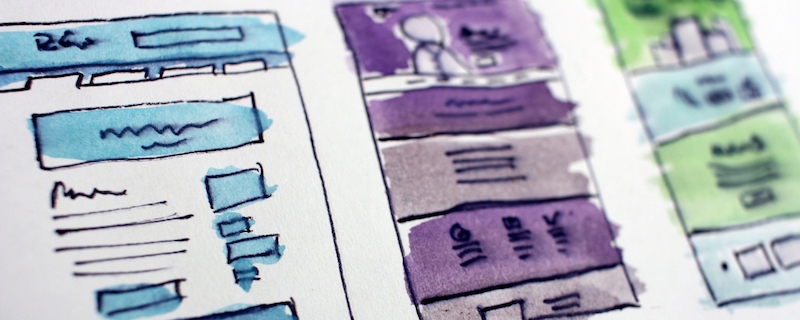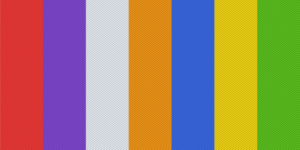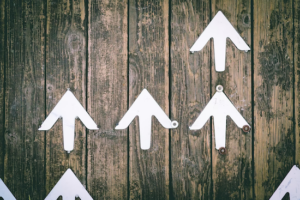User experience design for non-technicals.
In many ways, UX design can be summed up as the hook between your customers and your product. It’s most frequently applied in the digital space, but can be utilized in the physical realm as well – it’s anything that helps reduce friction between customers and their experience with your organization. It’s that staple shift from function to delight, from an obligatory transaction to a loyal relationship.
How is it able to do that?
At its core, UX design is the process of empathy. Products and services are not only built up from specific problems that users face, but they are also tested and re-tested and confirmed with those same users so that digital interactions with the company are as seamless and as wonderful as can be.
It’s becoming increasingly essential to the business’s livelihood.
Gartner predicts that there’ll be more rapid and drastic change in UX innovation over the next five years than in the previous 25. This speaks to the significant competitive advantage UX creates for small businesses, especially for those that are trying to differentiate themselves from everyone else. It’s at this point when early adopters are the most impressionable, and when it will be monetarily essential for a digital experience to be carefully architected and creatively designed.
TurboTax is a great example of a technology business that has mastered the art of reducing user friction. I know this because I actually heard myself say “Wow, filing my taxes was so fun!” – words that had never been uttered by the human race pre-TurboTax.
Fast Company published an article that speaks to the intensive UX design process that goes on behind the scenes in a successful business like TurboTax. Their design process started off with research, asking people questions about why they hated filing their taxes, and understanding who the customer is. This turned into redesigning the information architecture (or the process of structuring information to help customers accomplish a task) in a way that made the product less “one-size-fits-all”, which then evolved into more personalized and satisfying experiences. Most importantly, the key is this: they’re never done – they continue asking questions, getting feedback, and improving year by year. And that’s the UX process for you!
But it’s not just technology businesses that are finding the worth and value of UX design.
Financial institutions like BBVA have put their stake in the ground too when they acquired a San Francisco UX firm and stated that “human-centered design is key to disruption in the finance industry.” BBVA has vocally committed to “developing the best end-to-end user experience across all channels,” and similarly, Nike has made the claim that “digital offers a fundamental transformation of our business.” Human-centered design is what helped Kellogg re-invent breakfast, what enabled a local restaurant in Shanghai to build trust with their customers in a food-toxic context, and what allows a door to be classified as the “epitome of UX design.” Because in all these scenarios, the customer comes first, which pays!
So how do you begin to build up UX Design as a core pillar of your organization?
- Start asking your customers questions.
- Map, graph, and sketch out all your findings and ideas. Check out IDEO’s Design Kit for some resources that’ll help structure your process.
- Build a simple prototype and test!
- Repeat.
The Internet’s a great place these days to learn everything you can about the field, but the key is to simply start. You can start small, but start quickly, and you’ll be fascinated by how quickly that’ll snowball into highly impactful and unexpected growth.
This post was written by JESSIE LIAN, UX Design expert. Keep up with Jessie on her website or Instagram.
www.jessielian.com
IG: @yessietojessie




